Factory Direct. We Bring The Store To Your Door.
FREE IN HOME ESTIMATES
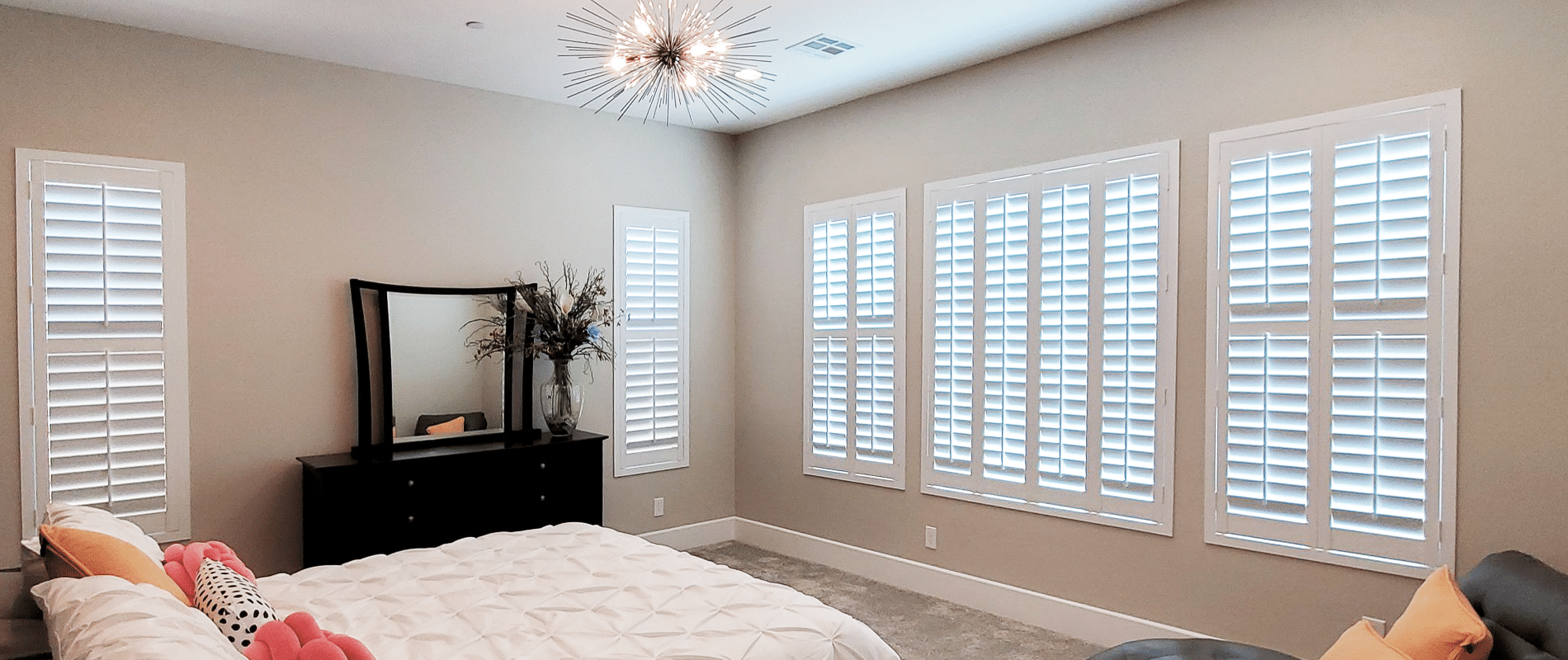
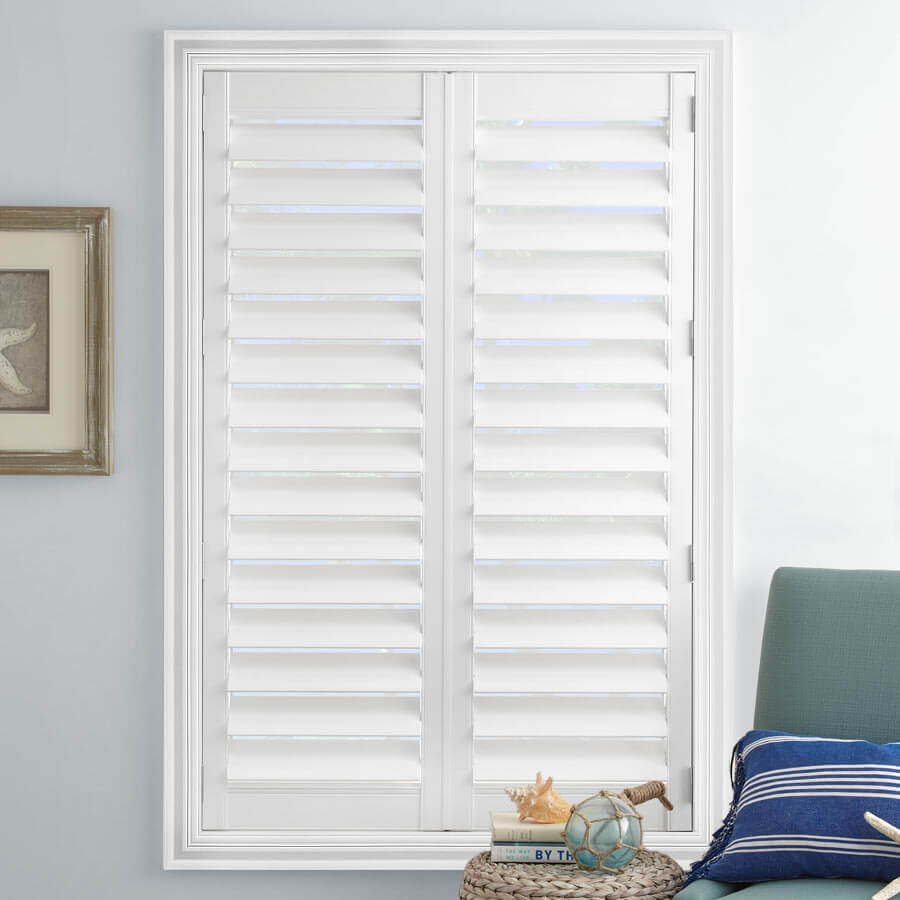
There’s nothing worse than walking into a home and seeing blank, bare, barren windows. Once cavemen crawled out of dark caverns and into huts, we began our pursuit of window treatments. Sounds like a medical term, doesn’t it? “Ah, poor ol’ Georgy! He’s got a terrible case of window treatments!”
Anyway, back to window treatment reality. Cave dwellers kind of set the course for window treatments. They were always fiddling around with covers for cave entrances using hides, brush, or wood.
Once we got into huts, we developed holes in walls to see what was out there in the woods on the blindsides of the house. Always a nice gut check to look around before charging out the front door. Now as much as we wanted to look outside, we hated those bare holes. They were drafty and we hated drafts. That’s why we did not have doors on every wall. Big doors made big drafts and smaller windows made smaller drafts. Finicky forefathers! Things were always too cold or too hot. So, one day a really smart Neanderthal, no doubt a woman (we did say smart), began covering those drafty holes in the wall.
Our first window coverings were hides and crude shutters made of scavenged wood or woven reeds. We tended to prefer hides ‘cause we could easily swipe them aside. Different hides gave us levels of control. Heavier hides held out the wind and cold better, while thinner hides were easier to move and adjust for more or less light to enter.
At some point, ancient people began weaving animal hair or plant fibers into cloth. And that opened a vast palette of colors, textures, and opaque properties for window coverers.
Since then we’ve come a long way!
Think about window treatments this way, what are things you have seen covering, over, or around windows? Here’s a short list of thought starters:
It appears that window treatments are a pretty broad category.
In general window treatments are used to
When it comes to your need for window treatments, whether for your home, office, or business, get help matching up your needs and sorting out what works for you from the vast array of choices.
When you start looking around at window treatments you will instantly discover that there’s an overwhelming variety of choices, featuring everything from construction materials to styles, colors, latches and hardware, and installation options. Compounding your struggles are insider terminologies and slick sales techniques. Homeowners can easily become confused, frustrated, and victimized.
Here are some easy categorizations and perspectives you can use to sort out decision-making and thwart cheesy salesmen.
Window coverings are typically going to be made out of either soft materials or hard materials.
Soft materials are things like fabric, flexible plastic, or foam. You’ll see these used in drapes, curtains, valances, soft sculptures, shades, blinds, and rollup coverings. Soft materials help to deaden sound and give a more casual air to rooms and surroundings.
Hard materials are used to build shutters and safety barriers. Typical products are wood, metal, and hard plastic composites. Hard materials tend to be more durable and easier to maintain and clean.
A lot of people hunt down blinds and shades because of cheap pricing, ease of acquisition, and variety of choices. Go into lower-end housing and you’ll often see roll-up shades. They may look clean and functional, appearing in all sorts of rooms from bedrooms to living rooms. But are they desirable?
Shades and blinds tend to produce harsh light and allow glare. While you get a decent view of the outside world, you also allow that world to peer into your home. While they offer a wide variety of opaqueness, and design options from flowers and fauna to geometric, colors, and textures; they surrender style, elegance, and trendiness to the world of shutters. Shades, blinds, and even verticals are a nightmare to clean. Functional? Yes. Desirable. Not so much.
For the average homeowner, the installation and mounting of window coverings can become a burdensome decision.
Do you want them to be inset within the window frame? Or do you prefer them set to the outside and more pronounced? Do you want them above the window or flush to the top? Do you prefer a decorative statement of elegance or a more demure and non-intrusive installation? Is privacy, light control, insulation, or weatherproofing the ultimate concern?
For most homeowners, shutters are a superior choice because they allow
And add to the home value as they are considered
Whether you’re doing a new shutter installation or a remodeling project, the DIY approach is really just another way to spell “die.” Why die trying to do it when the qualified professionals at Best Buy Shutters are proven, performers?
Get professional guidance and insider help in choosing the best products, styles, hardware, and installation method. Be on the cutting edge of new materials and décor ideas that a local window covering professional can guide you to. Window covering experts can and will come to your location with samples, swatches, and options you never thought of. Best Buy Shutters is locally owned and operated and best of all, their manufacturing plant is right here in Las Vegas, Nevada. No delays and it always pays to deal with local owners when you want to get things done your way.
Take the guesswork out of insulation values, fit, design, and best choices. Professionals are completely familiar with every aspect of your challenge.
Call or contact Best Buy Shutters today for your free in-home consultation. In the end, save time and money and get it done right while knowing you are backed by a full warranty and years of reliability and reputation.
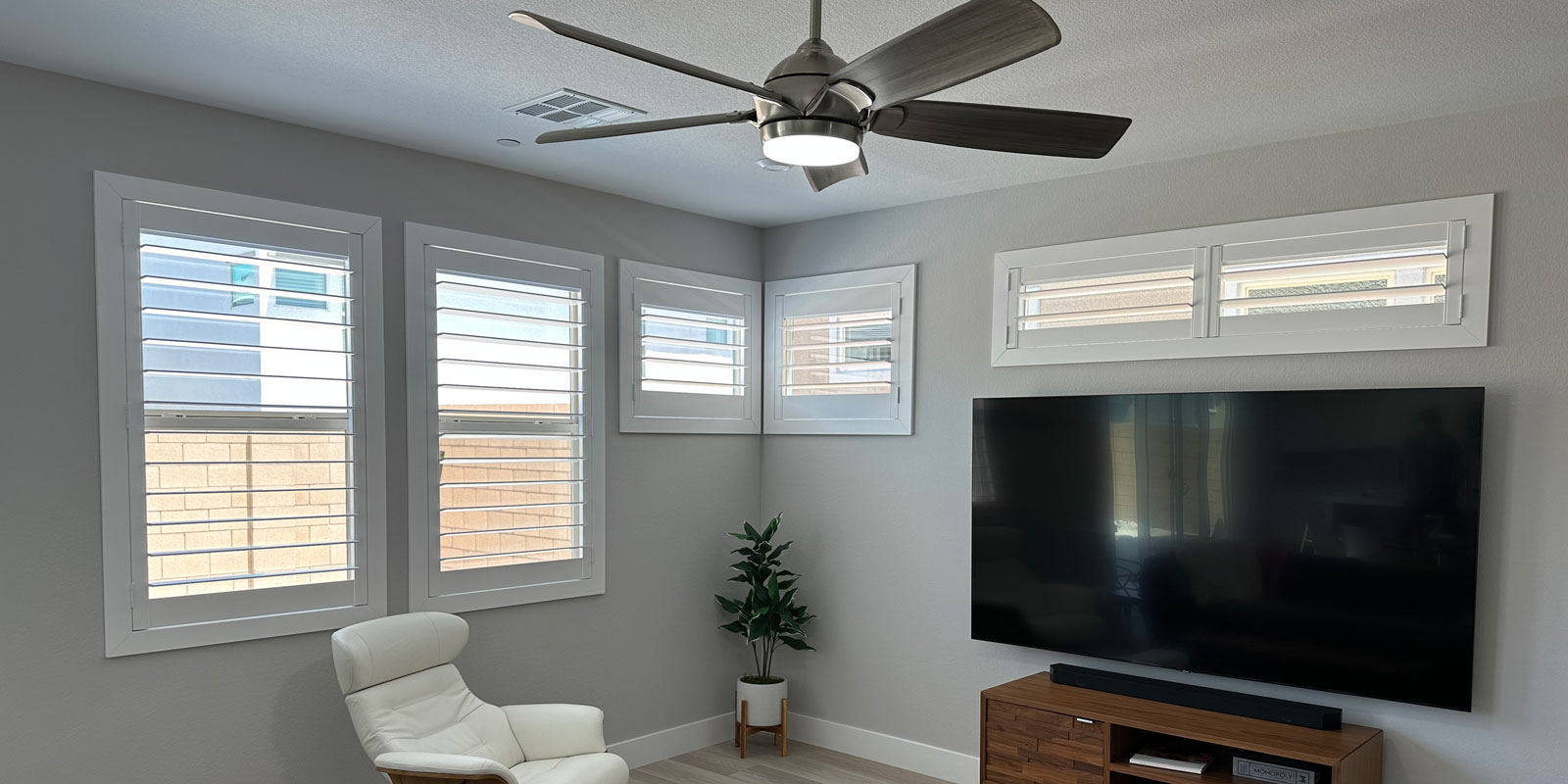
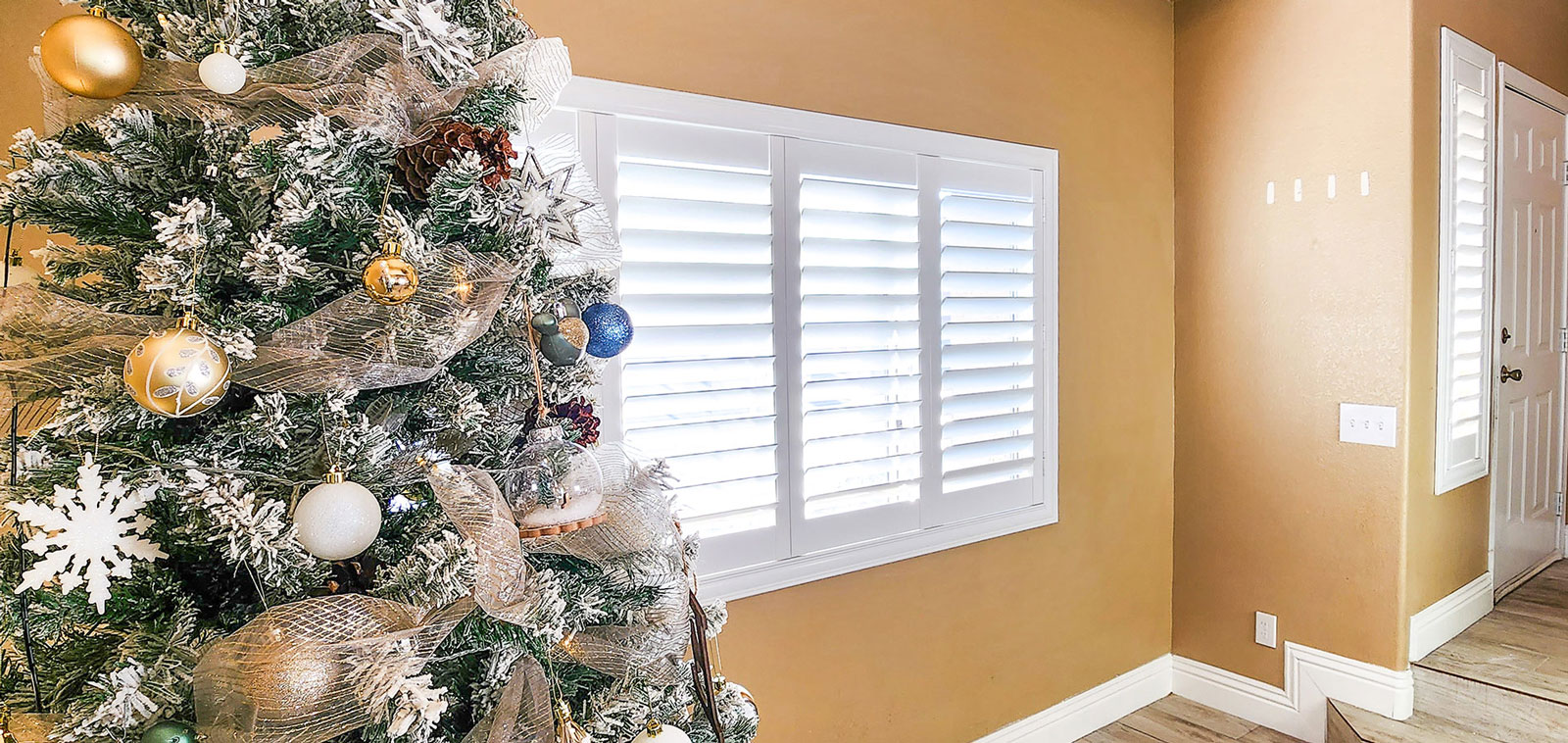
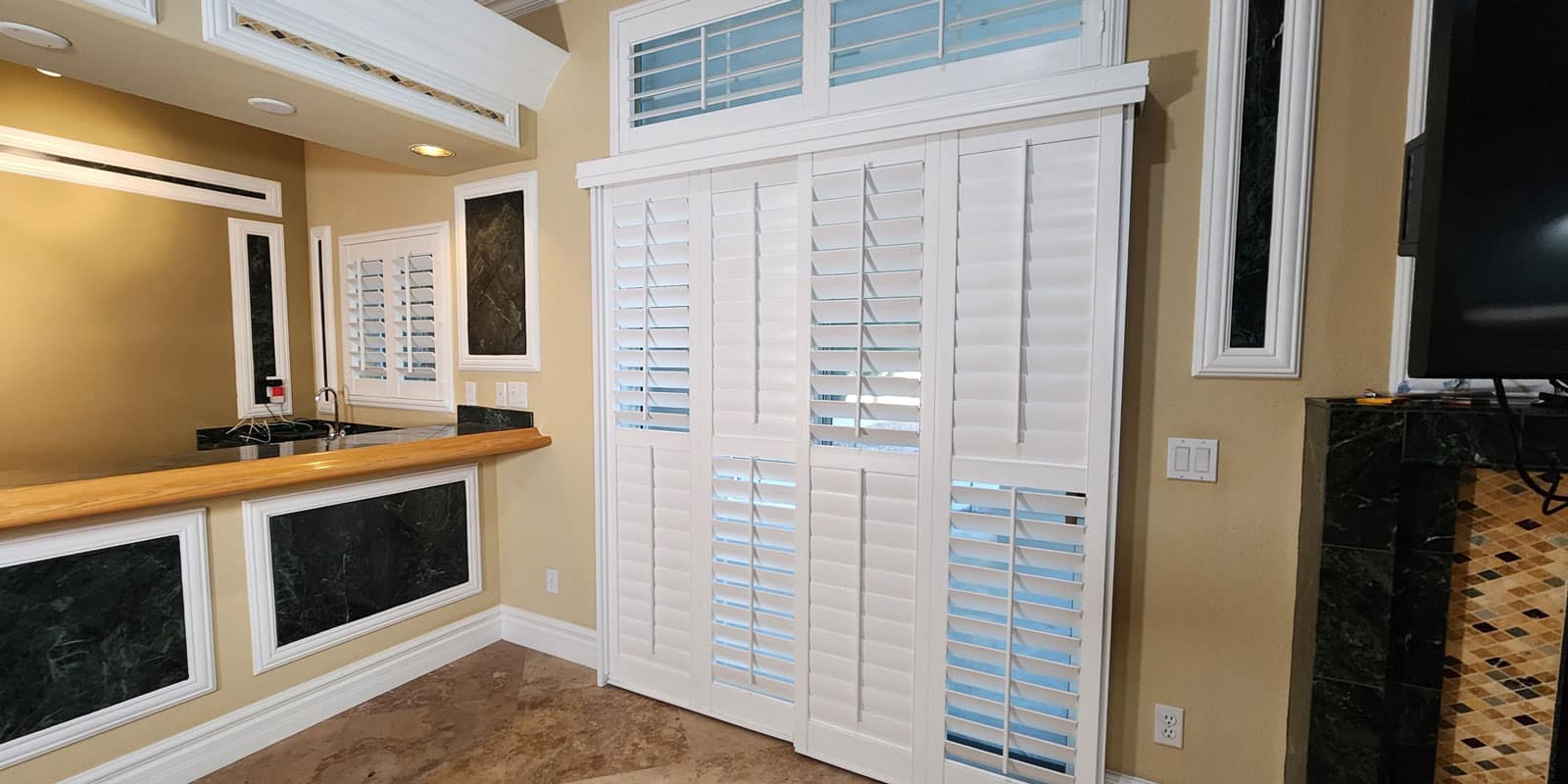

Our financing makes it easy to have the window coverings you need now and you can pay over time. Your Best Buy Shutters Design Consultant will go over all options and help you through the entire process.
Schedule your free in-home or virtual design consultation today!